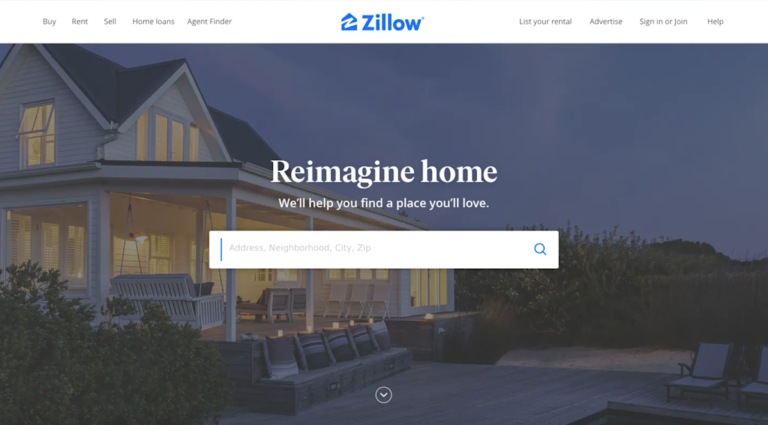Undersea Habitats: Pioneering Experiments Aim to Unlock the Secrets of Life Beneath the Waves
In recent years, the ambition to create human colonies beyond Earth has gained significant traction, shifting focus from outer space to an uncharted territory closer to home: the ocean depths. While lunar and Martian colonies dominate headlines, innovative explorations of underwater living are emerging through scientific experiments aimed at understanding long-term habitation in extreme conditions.
Historically, underwater living isn’t a novel concept. French oceanographer Jacques Cousteau initiated the first underwater habitats in the 1960s. Fast forward to today, NASA has been utilizing the Aquarius Reef Base, situated approximately 20 meters (65 feet) beneath the surface off Florida, since 2001, allowing scientists and prospective astronauts to engage in underwater research for up to two weeks at a time.
Revolutionizing Underwater Living
New advancements in technology are paving the way for extended underwater stays. The UK-based company Deep is at the forefront of this initiative, crafting specialized habitats designed for long-term aquatic habitation. The pressing question remains: Can humans adapt to life underwater without adverse effects?
Challenges of Undersea Living
Humans face unique challenges in the ocean’s depths—mainly the lack of oxygen and light, coupled with extreme pressure. To understand the feasibility of prolonged underwater life, recent case studies have emerged.
- Rudiger Koch, a German aerospace engineer, made headlines by spending 120 days submerged 11 meters (36 feet) beneath the Caribbean Sea, emerging without any health concerns.
- Prof. Joseph Dituri, who resided for 100 days in a lagoon in Florida at a depth of 9 meters (30 feet), reported health improvements, including enhanced sleep and reduced inflammation. He even emerged with a biological age significantly younger than his chronological one.
The Future of Deep-Sea Exploration
With limited existing research, the potential for extended underwater living is still largely unexplored. Deep aims to change this with two innovative habitats: the Vanguard, designed for short-term stays, and the Sentinel, capable of housing researchers at depths of up to 200 meters (656 feet) for 28 days. To evaluate the profound effects of deep-sea living, these habitats will undergo rigorous testing, with the hope of establishing a permanent undersea presence by 2027.
Navigating the Risks
Diving to extreme depths presents inherent risks, notably decompression sickness (DCS), as Dr. Dawn Kernagis, the director of scientific research at Deep, highlights. The company plans to utilize saturation techniques, allowing researchers to acclimate to pressure changes without the immediate dangers of DCS.
Through careful monitoring and scientific inquiry, Deep aims to unlock valuable insights into both the physical and psychological ramifications of underwater habitation, potentially setting the stage for future generations to inhabit the ocean floor, thereby creating a new concept of a “modern Atlantis.”
Exploring the depths of our oceans could redefine human capability to adapt and thrive in environments beyond traditional terrestrial boundaries.







